(i) Copper - Bessemer converter (ii) Iorpn- Blastfurnace (iii) chromium -
Aluminothermic process (iv) Tin - Carbon reducaton (v) Zinc -Belgian process In the given data how many of them are correctly matched ?
The correct Answer is:5
Similar Questions
(i) Carbonate and sulphide ores are usually converted into oxides during the process of extraction of metals.
(ii) Ionic compounds have generally high melting points.
(iii) Hydrogen is not a metal but is has been assigned a place in the reactivity series of metals.
(iv) The galvanised iron article is protected against rusting even if the zinc layer is broken.
View SolutionThe given graph/data I,II,III and IV represent general trends observed for different physisorption and chemisorption processes under mild conditions of temperature and pressure . Which of the following choice(s) about I,II,III, and IV is/are correct ?
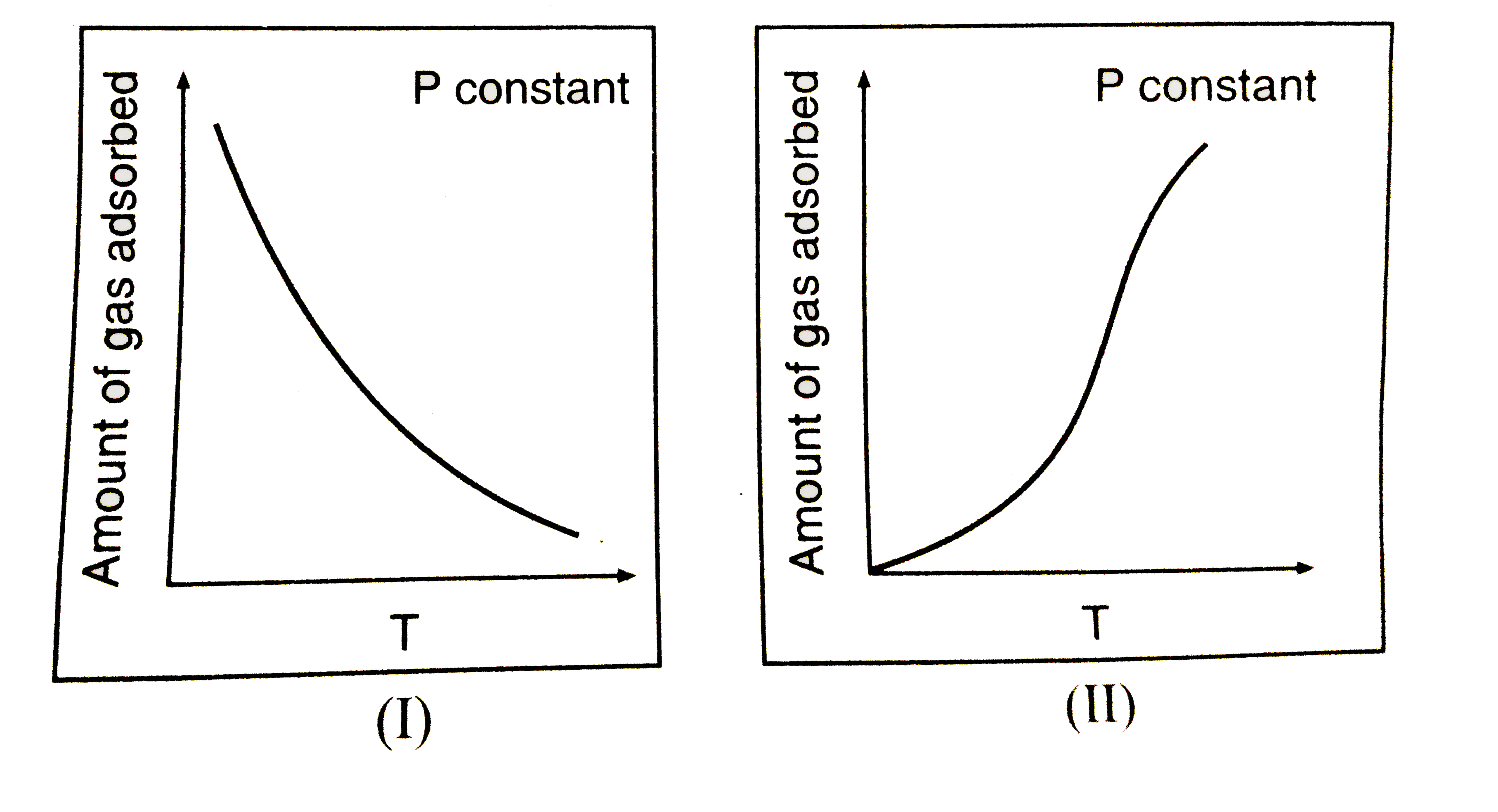
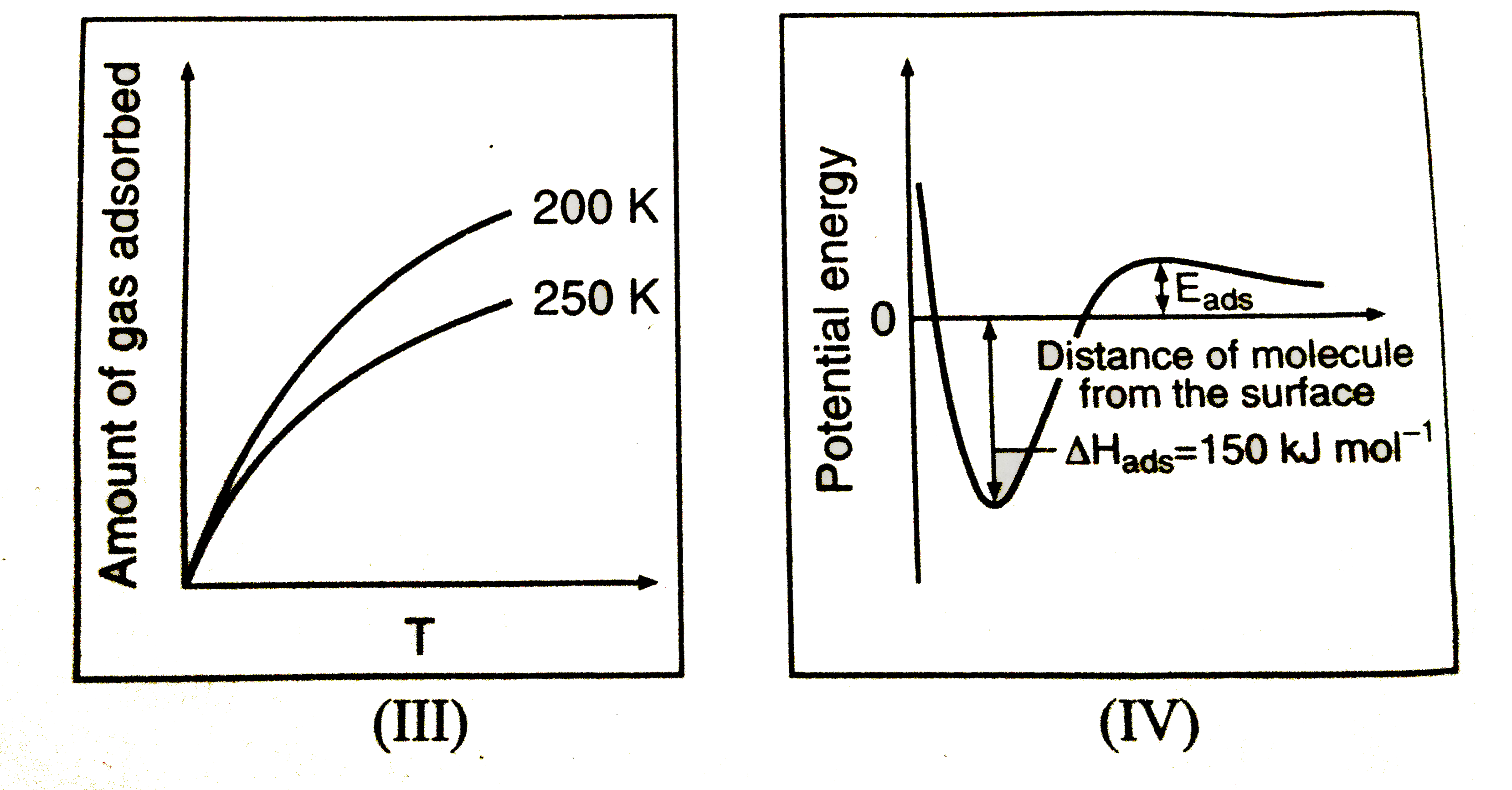
View Solution
Knowledge Check
The given graph/data I,II,III and IV represent general trends observed for different physisorption and chemisorption processes under mild conditions of temperature and pressure . Which of the following choice(s) about I,II,III, and IV is/are correct ?

 AI is physisorption and II is chemiosorptionBI is physisorption and III is chemisorptionCIV is chemisorption and II is chemisorptionDIV is chemisorption and III is chemisorption
AI is physisorption and II is chemiosorptionBI is physisorption and III is chemisorptionCIV is chemisorption and II is chemisorptionDIV is chemisorption and III is chemisorptionThe given graph/data I, II, III and IV represent general trends observed for different physisorption and chemisorption processes under mild conditions of temperature and pressure. Which of the following choice (s) about I, II, III and IV is (are) correct.
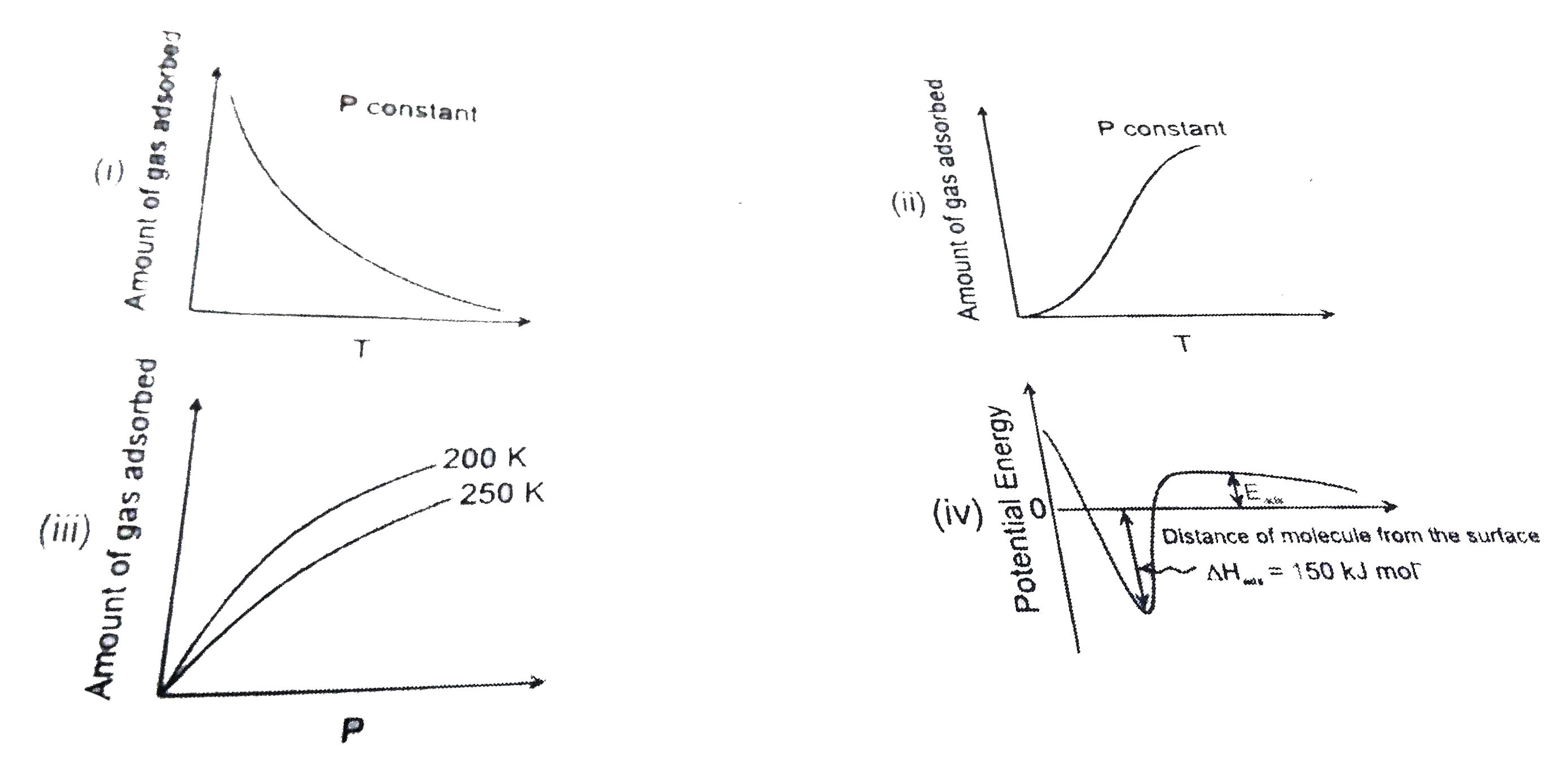 AI is physisorption and II is chemisorptionBI is physisorption and III is chemisorptionCIV is chemisorption and II is chemisorptionDIV is chemisorption and III is chemisorption
AI is physisorption and II is chemisorptionBI is physisorption and III is chemisorptionCIV is chemisorption and II is chemisorptionDIV is chemisorption and III is chemisorption
The given graph/data I, II, III and IV represent general trends observed for different physisorption and chemisorption processes under mild conditions of temperature and pressure. Which of the following choice(s) about I, II, III and IV is (are) correct?
The correct choice is :

View Solution(a) Observe the given figure and give the answers of the following :-
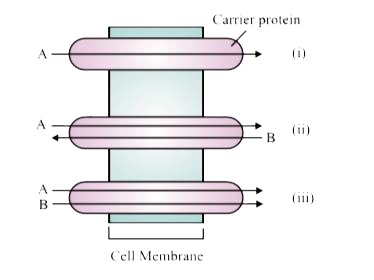
(a) Identify the process occurring in (I), (II) and (III).
(b) Differentiate between the process II and III.
(c) How many types of aquaporins from the water channels in the cell membrane.
View SolutionIn the adjoining figure, ABCD is a quadrilateral.
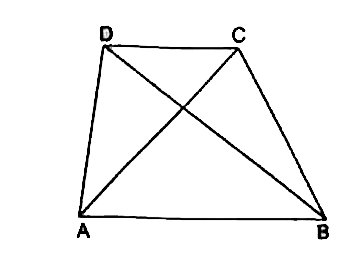
(i) How many pairs of adjacent sides are there? Name them.
(ii) How many pairs of opposite sides are there? Name them.
(iii) How many pairs of adjacent angles are there? Name them.
(iv) How many pairs of opposite angles are there? Name them.
(v) How many diagonals are there? Name them.
View SolutionChoosing the substances from the list given: dil Sulphuric acid, Copper, Iron, Sodium, Copper [II} carbonate, Sodium carbonate, Sodium chloride, Zinc nitrate-
Write balanced equations for the reactions which would be used in the laboratory to obtain the following salts. [i] Sodium sulphate [ii] Zinc carbonate [iii] Copper [II] sulphate [iv] Iron (II) sulphate
View SolutionMatch the following:
(i) Magnetic quantum number -(a) Optical isomerism
(ii) Boron halides -(b) Sodium carbonate
(iii) Lactic acid -(c) Orientation of the orbital
(iv) Solvay.s process -(d) Lewis acid.
View Solution(a) Study the table given below and identify (i), (ii), (iii) and (iv)
Amino acidPheValDNA Code in GeneAAACACCodon in mRNA(i)(ii)Anticodon in tRNA(iii)(iv)
(b) A polypeptide consists of 14 different amino acids.
(i) How many base pairs must be there in the processed mRNA that codes for this polypeptide?
(ii) How many different types of tRNA are needed for the synthesis of this polypeptide ?
View Solution
